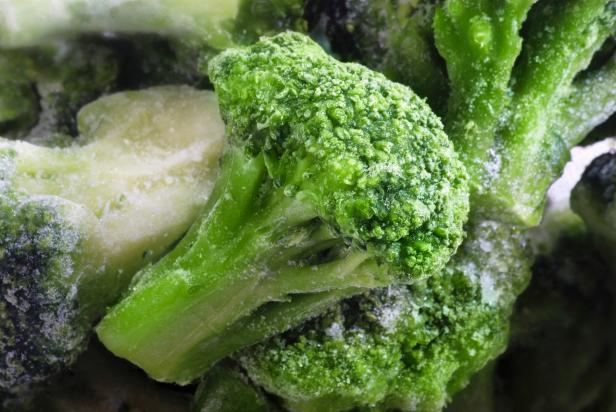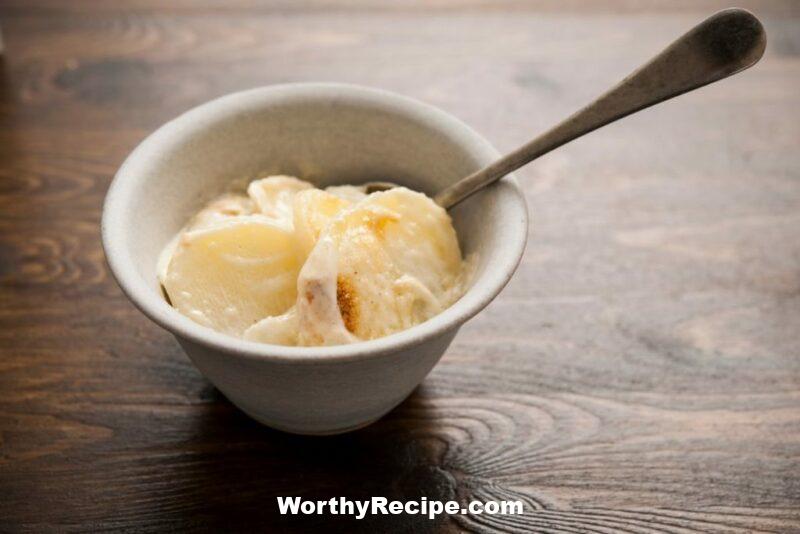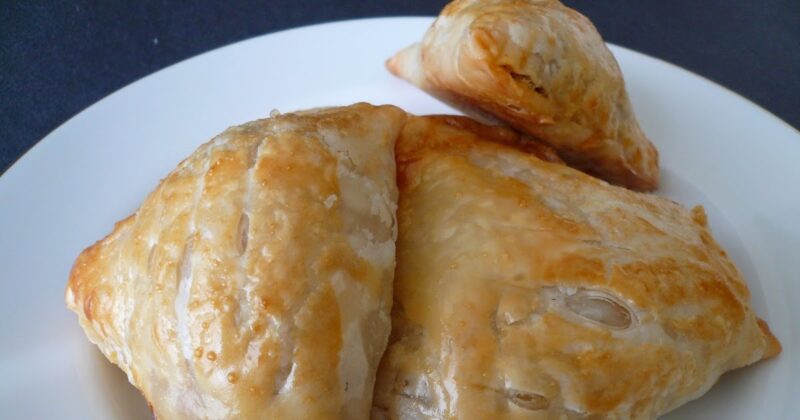How to Keep Fried Dough Crispy: A Comprehensive Guide
Fried dough is a beloved snack item that can be enjoyed in many forms. From donuts to churros, fried dough is a comfort food that people around the world enjoy. However, there is nothing worse than biting into a piece of fried dough and finding it to be soggy or chewy. In this article, we will explore the various techniques and tips for keeping fried dough crispy.
Understanding Fried Dough
Before we get into the tips and tricks for keeping fried dough crispy, let’s take a closer look at what it is and how it behaves during cooking. Fried dough is a mixture of flour, liquid, and sometimes other ingredients like sugar or eggs. When this mixture is deep-fried in oil at high temperatures, the heat causes water inside the dough to turn into steam. This steam then pushes against the dough, causing it to puff up and become crispy on the outside.
Different types of fried dough have different textures depending on their recipe and preparation method. For example, donuts are typically soft and fluffy on the inside with a thin, crispy outer layer. Churros are long and ridged, with a very crispy texture all around. Fritters come in many shapes and sizes but are generally small and round with a crispy exterior.
There are several factors that affect the crispiness of fried dough, including:
– The type of flour used
– The amount of liquid in the recipe
– The temperature of the oil during frying
– The cooking time
– The size and shape of the dough pieces
If any of these factors are off-balance, you may end up with soggy or chewy fried dough that doesn’t have that satisfying crunch you’re looking for.
Preparation Techniques for Crispy Fried Dough
The first step in ensuring crispy fried dough is to properly prepare your dough mixture and cooking oil. Here are some tips for doing just that:
- Choose the right ingredients for frying: Not all flours are created equal when it comes to frying. All-purpose flour, for example, will produce a softer crust than cake flour or bread flour. Adding cornstarch to your recipe can also help make the crust crispier.
- Optimal temperature and oil selection: The ideal temperature range for frying dough is between 350-375°F (180-190°C). Use an oil with a high smoke point, such as canola oil or peanut oil, to prevent burning and smoking.
- Coating for extra crunchiness: Some recipes call for a coating on the outside of the dough before frying. This can be anything from breadcrumbs to crushed cereal. The added texture can help make the crust even crispier once fried.
Cooking Techniques for Crispy Fried Dough
Once you’ve prepared your dough mixture and oil, it’s time to get frying! Here are some techniques you can use to ensure crispy fried dough every time:
- Avoid overcrowding in the frying pan or fryer: When too many pieces of dough are added at once, the temperature of the oil drops too quickly. This can lead to uneven cooking and soggy crusts.
- Top-down or bottom-up cooking methods: If you’re frying churros or other long, thin pieces of dough, try cooking them top-down first. This way, one side cooks longer than the other and gets even crispier when flipped over.
- Egg washes, broiling, and other cooking techniques for extra crispiness: Brushing a beaten egg onto the surface of dough before frying can help it get even crispier. Broiling the dough for a few minutes after frying can also give it an extra crunch. Other techniques, like double-frying or dry-frying, can also help achieve maximum crispiness.
Post-Cooking Techniques for Crispy Fried Dough
When you’ve finished frying your dough, there are a few more steps you can take to ensure its crunchiness stays intact. Here are some post-cooking techniques to try:
- Drying techniques after frying: Letting fried dough drain on a rack over paper towels or letting them air-dry for a few minutes before serving can help reduce excess oil and maintain crispiness.
- Cooling times after frying: If you’re serving your fried dough cold, make sure it’s cooled completely before packing it up. Residual heat from the fryer can make the crust go soft if packed too soon.
- Reheating techniques for optimal crispiness: If you need to reheat fried dough, place it in a preheated oven at 350°F (180°C) for 5-10 minutes until heated through and crispy again.
How to Keep Different Types of Fried Dough Crispy
Depending on the type of fried dough you’re making, there may be specific tricks to keeping it crispy. Here are some tips for three popular types of fried dough:
Churros: Churros are notorious for losing their crunchiness quickly after being made. To keep churros crispy, try coating them in sugar or cinnamon right before serving. This creates a barrier between the moisture in the air and the churros, helping them stay crisp for longer.
Donuts: Donuts are best served fresh, but if you need to store them for later, try keeping them in an airtight container. You can also sprinkle powdered sugar or cinnamon on top of the donuts before storing them to help absorb excess moisture and prevent sogginess.
Fritters: Fritters are often made with a lot of added moisture from ingredients like fruit or vegetables. To combat sogginess, try adding some extra flour or cornstarch to the batter to absorb excess liquid. Frying fritters at a slightly higher temperature than other fried dough can also help them crisp up faster.
Healthier Alternatives for Crispy Fried Dough
Deep-frying food is not typically considered the healthiest cooking method, but there are ways to make it a bit healthier without sacrificing too much crispiness. Here are some healthier alternatives for crispy fried dough:
- Combining baking with frying techniques: If you brush the surface of your dough with a bit of oil before baking it in the oven, you can get a similar crispy texture to traditional deep-frying.
- Whole-grain flour options: Substitute whole-grain flour for some or all of the white flour in your recipe to add more fiber and nutrients to your fried dough.
- Air-frying and baking alternatives: Using an air-fryer or baking your fried dough instead of deep-frying it can produce surprisingly crispy results with less oil. For baked options, be sure to brush the surface of the dough with oil before baking.
Troubleshooting Common Fried Dough Issues
Even with all these tips and tricks, sometimes things still go wrong with fried dough. Here are some common issues and how to fix them:
Soggy dough: If your fried dough is coming out soggy, it may be due to overcrowding in the frying pan or not letting it drain properly after cooking. Try frying in smaller batches and letting the dough drain for longer before serving.
Overcooked or burnt fried dough: If you leave your fried dough in the oil for too long, it can burn or become overcooked. Try cutting down on cooking time or reducing the heat of the oil slightly if this happens.
Stale fried dough: If your fried dough has gone stale, try reheating it briefly in the oven or toaster oven to give it a bit more crispness. You can also try spritzing it with a bit of water before reheating to add some moisture back into the crust.
Final Thoughts
Fried dough is a comfort food that people all over the world enjoy in many forms. With these tips and tricks, you’ll be able to ensure crispy and delicious results every time you fry up a batch of your favorite treat.
Remember to choose the right ingredients, cook at the right temperature, use proper cooking techniques, and follow post-cooking tips to keep your fried dough crispy for longer.
Conclusion
In conclusion, the crispiness of fried dough depends on several factors, including the type of flour used, cooking temperature, and post-cooking techniques. By following these tips and tricks, you can achieve great results every time you fry up some delicious treats.
If you encounter any issues like soggy or burnt fried dough, there are simple ways to troubleshoot and save your snacks. Remember to experiment with different coatings, ingredients, and flavors to create unique versions of this beloved comfort food.
1. Can I keep fried dough crispy for longer without using a cooling rack?
Absolutely! One of the easiest ways to keep your fried dough crispy is by simply placing it on top of a paper towel for a couple of minutes before serving. The paper towel will absorb any excess oil and prevent your treats from becoming soggy.
2. What type of oil is best for frying dough, and why?
When it comes to frying dough, the best type of oil to use is one with a high smoke point such as vegetable oil, canola oil, or peanut oil. These oils don’t break down under high temperatures, which means your food won’t have that burnt taste.
3. How thick should the batter be for making crispy fried dough?
It’s important to remember that the batter should not be too thick or too thin. A batter that is too thick will result in a dense and heavy fried dough, while a runny batter will leave you with soggy and greasy treats. A good rule of thumb is to keep the batter thin enough to pour, but not so thin that it doesn’t coat the dough evenly.
4. What’s the best way to reheat leftover fried dough while keeping it crispy?
The best way to reheat leftover fried dough while keeping it crispy is by placing it in an oven or toaster oven set at 350°F for about 5-7 minutes. Avoid microwaving your treats as this will make them soft and chewy instead of crispy. If you don’t have an oven or toaster oven, you can also use an air fryer or stovetop frying pan to reheat your leftover fried dough.






